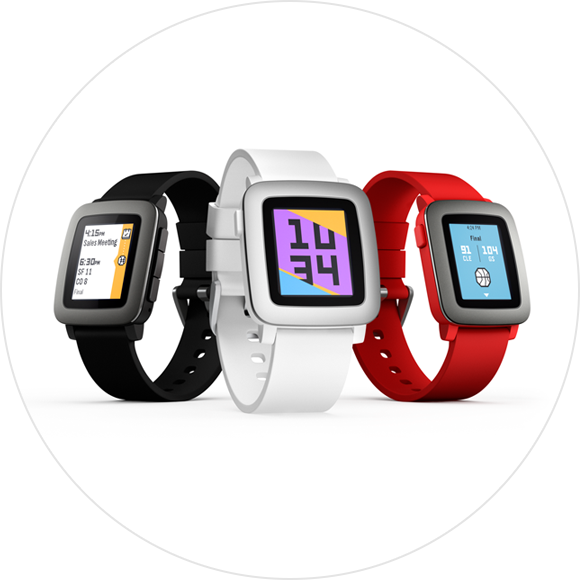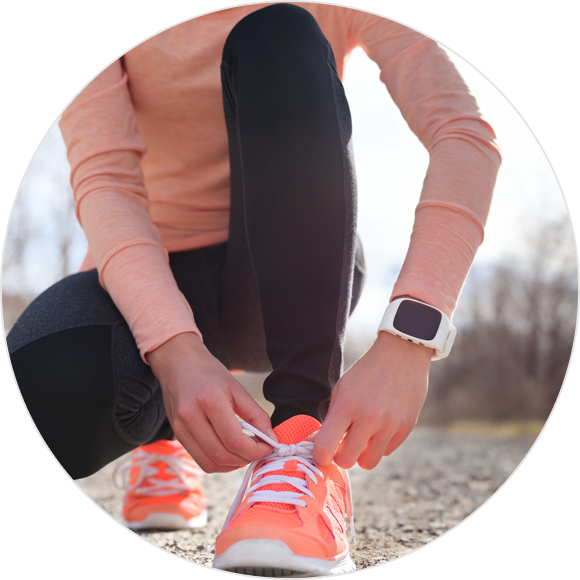The number one “Kickstarted” product ever is the Pebble Time - a phone-paired smartwatch that crowdfunded $20,338,986 over the course of a few months.
Kickstarter’s third most popular campaign? Pebble Time’s predecessor, the original Pebble, which raised $10.2 million. Pebble’s makers initially touted the watches as more of a watch than a full-fledged computer. They thought that tech-conscious people wanted something different than another small smartphone. They wanted something to wear—a wearable.
Since the Pebble’s debut, the number of wearables shipped around the world has grown rapidly. The nine million sold in 2013 doubled to 20 million in 2014. Analysts predict 148 million wearable computer devices will be sold in 2019. Activity trackers, like the FitBit, predate smartwatches by a few years. But at the moment, smartwatches are the wearable item most consumers are looking for. Besides the Pebble series, Android smartwatches started coming out in 2014, with rapidly arriving entries from LG, Sony, Asus, Samsung, and Motorola. Early adopters saw the possibilities of watches tied into Google and its context-aware Google Now service. With considerable buy-in from app developers, the next wave of watches will extend the watches’ connection with everyday life even further.
Apple Joins the Party
Apple made its entry into the evolving smartwatch scene in 2015 with their premium-priced Apple Watch. Unlike the Android devices at the time, the Apple Watch was stylish, felt natural on the wrist and was brimming with potential. Apple didn’t simply clone the existing watches. Apple introduced its own unique design elements: a rotating dial (crown), bands with universal fit, two sizes that catered to both small and larger wrists, and even a gold version which retails for $12,000. While the higher-end models had only micro-niche appeal, they signaled that Apple took the smartwatch category seriously, and saw a future in wearable technology, far beyond eager early adopters.
Market reception for the Apple Watch was mixed. PC Magazine didn’t think it was different enough from competitors. Many critics cited the battery life as a major caveat to the always-ready experience. Others, such as the Wall Street Journal, loved the watch, saying that “the smartwatch finally makes sense.” The broad consensus, however, was that while the Apple Watch was an amazingly designed device, consumers should wait for further iterations of the watch before purchasing.
A recent report from IDC suggests that people have decided not to wait. The Apple Watch is already second in the wearable space, with 3.6 million units sold in the second quarter of 2015, behind only industry veteran Fitbit with 4.4 million units. After analyzing Apple’s third quarter earnings report for FY 2015 (which did not directly disclose Apple Watch sales), Time estimates sales of the Apple Watch resulted in $1 billion in revenue for Apple . The demand for the Watch, and thus wearables on the whole, is strong as 2015 progresses.












